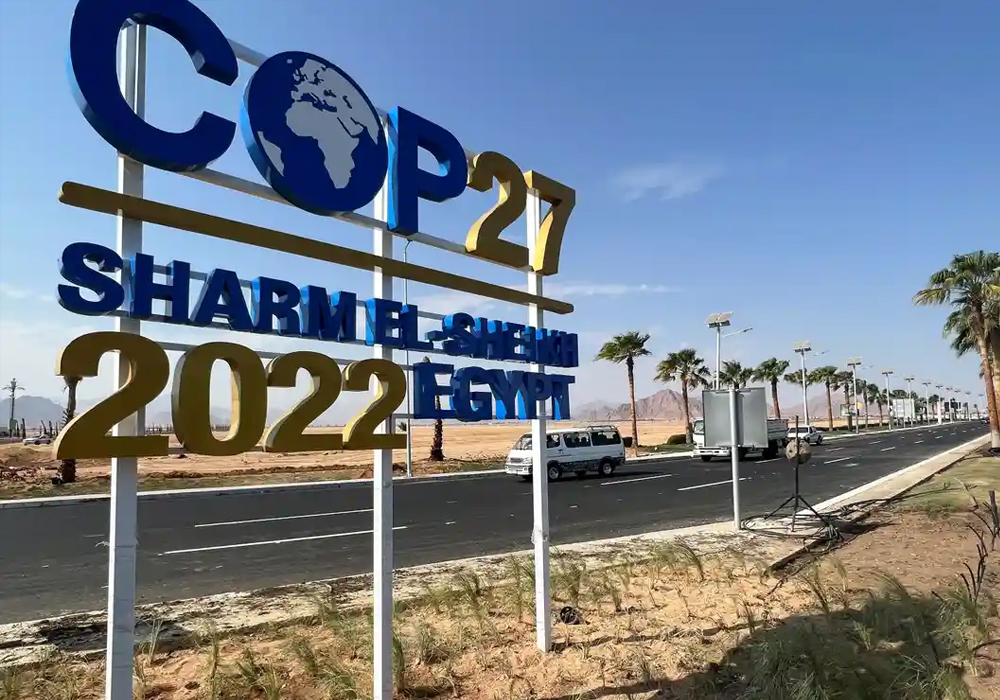By Eric Dresselhuys, CEO
It was a privilege to join world leaders in Egypt during COP27 to discuss solutions to our shared climate and energy challenges. Agreements reached at COP, such as the global MOU to decarbonize heavy transport by 2040, provide shared goals. However, it is in the details of meeting these targets, primarily through clean energy technology deployment, that the challenge lies.
In the United States, and many developed countries, we face the challenge of replacing and upgrading legacy grid infrastructure with a smarter grid capable of efficiently utilizing intermittent renewable energy while powering a fully electrified economy. In less developed countries (LDCs), replacing legacy grid infrastructure and electrifying everything presents a similar challenge. However, reliability and reach of grid infrastructure can vary widely in LDCs – worldwide, there are still ~730 million people who lack access to electricity and closing that gap is one the United Nations’ Sustainable Development Goals.
This means that building the global clean energy economy isn’t just a matter of replacing today’s coal and gas generation with wind and solar. In order to electrify everything and provide energy to those who still lack it, we will need to build a global energy system three times larger than our current grid, and do this without emitting carbon.
This global energy system will look different than the legacy grids it replaces. New technologies, such as high voltage direct current (HVDC) transmission lines and long-duration energy storage (LDES), can complement intermittent wind and solar generation to efficiently transmit clean energy over long distances, and international borders, forging new connections between regions and reshaping global energy flows.
Early examples of this include the proposed XLinks Interconnect which is slated to use HVDC transmission to move energy from solar farms in Morocco to the relatively colder, wetter United Kingdom. With the near certainty of reliable daytime energy production in Morocco, the Xlinks project could significantly reduce carbon emissions while improving energy security. In Southeast Asia, Sun Cable has announced the Australia-Asia Powerlink to connect the plentiful solar resources of the Australian Outback with Southeast Asia.
When paired with new LDES technologies, such as iron flow batteries manufactured by ESS, these long-distance transmission projects have the potential to power major population centers 24/7 with renewable energy, eliminating the need for fossil fuel generation while providing opportunities for sustainable economic development.
In more remote regions, particularly those that lack a grid connection, localized solutions, tailored to individual communities, can deliver rapid benefits. Solar + storage microgrids provide an opportunity to power currently underserved regions, or replace polluting and expensive diesel generation, with clean, reliable energy. LDES can enable these microgrids to power remote communities with clean energy.
As those assembled in Sharm-el-Sheikh return home, the hard work to implement these solutions begins. Success will require local and national policy and regulatory work to determine whether broad international goals can be met. Getting long term market development signals, resource compensation mechanisms, and both programs and funding to enable the deployment of new technologies in place will be critical to building the clean energy infrastructure we need.
In the United States, we are encouraged by passage of the Inflation Reduction Act which contains numerous provisions to support the rapid deployment and scaling of clean energy technologies. However, there is still work to be done. As we enter 2023, many of these provisions are undergoing rulemaking processes which will ultimately determine the shape and scope of the programs.
At ESS, we look forward to engaging with our partners and stakeholders both in the U.S. and abroad to deliver long-duration energy storage solutions that enable a decarbonized energy system. We are proud to play a small role in the global effort to catalyze the clean energy future.

